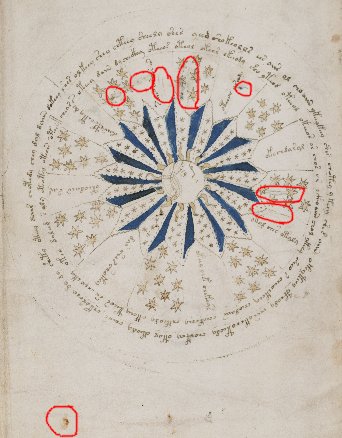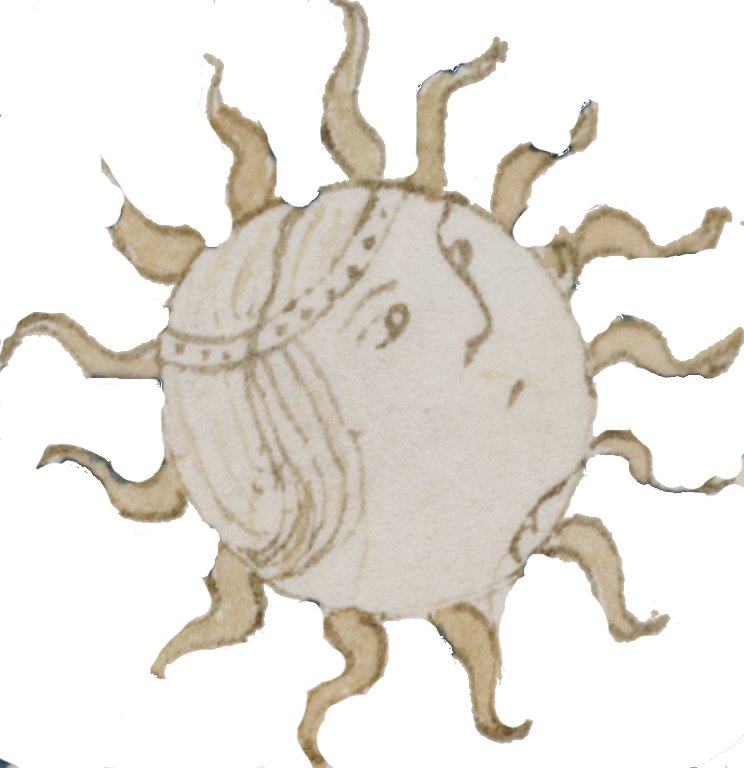Here’s another post inspired by the book I’m currently reading, Joscelyn Godwin’s “The Pagan Dream of the Renaissance”.
Whereas 15th century Renaissance art was largely orderly, linear, a lot of Mannerist late 16th-century art is disorganized, curvilinear, riotous – this has led to the label of antirinascimento, the “Anti-Renaissance”. But to someone like Godwin with both feet in the iconological trenches, this speaks of a deeper dichotomy – between the ordered Apollonian meme and the disordered Dionysian meme. Godwin pitches the austere, Roman-loving Quattrocento humanists’ dry perspective against the carnal obsessions and pagan thematics of corrupted Cinquecento cardinals – an extended Apollo vs Dionysus grudge-match in an art historical arena.
All of which is quite cool, in an iconological sort of way. 🙂
But once you start looking at things in this way, you begin to see echoes everywhere: in my own research area of Quattrocento ciphers, you could view Alberti’s über-ordered cipher wheel as a quintessentially Apollonian solar device, and then compare it with the apparently disordered, fragmented Voynich manuscript cipher statistics (that I link with Antonio Averlino, AKA Filarete) – Roman austerity against Greek cunning.
Yet does this kind of dichotomistic model really give us a real insight into the kind of secret history that iconologists believe lurks just beneath? Or is it just a modern quasi-thermodynamic meta-narrative (historicizing the universe’s eternal battle of order vs disorder) being stamped over the top of something that is no more significant than a difference in personality?
Reading anything to do with iconography makes me feel like I’m watching a renegade episode of the X-Files, where Mulder and Scully are arguing the toss over something foolishly marginal. Though occasionally I have brief moments where I think “Yes, that does make sense”, you simply cannot infer from the existence of a debate that any of the mad theories being proposed has to be correct. Oh well!
Update: Dennis Stallings points out off-list that the Apollo vs Dionysus grudge-match as an art-historical thema only really kicked off with Nietzsche’s (1872) “The Birth of Tragedy”, which is entirely true – here’s a nice 1996 paper showing (basically) how you can use the A. vs D. dichotomy as a way of blagging your way through literature studies. 🙂

